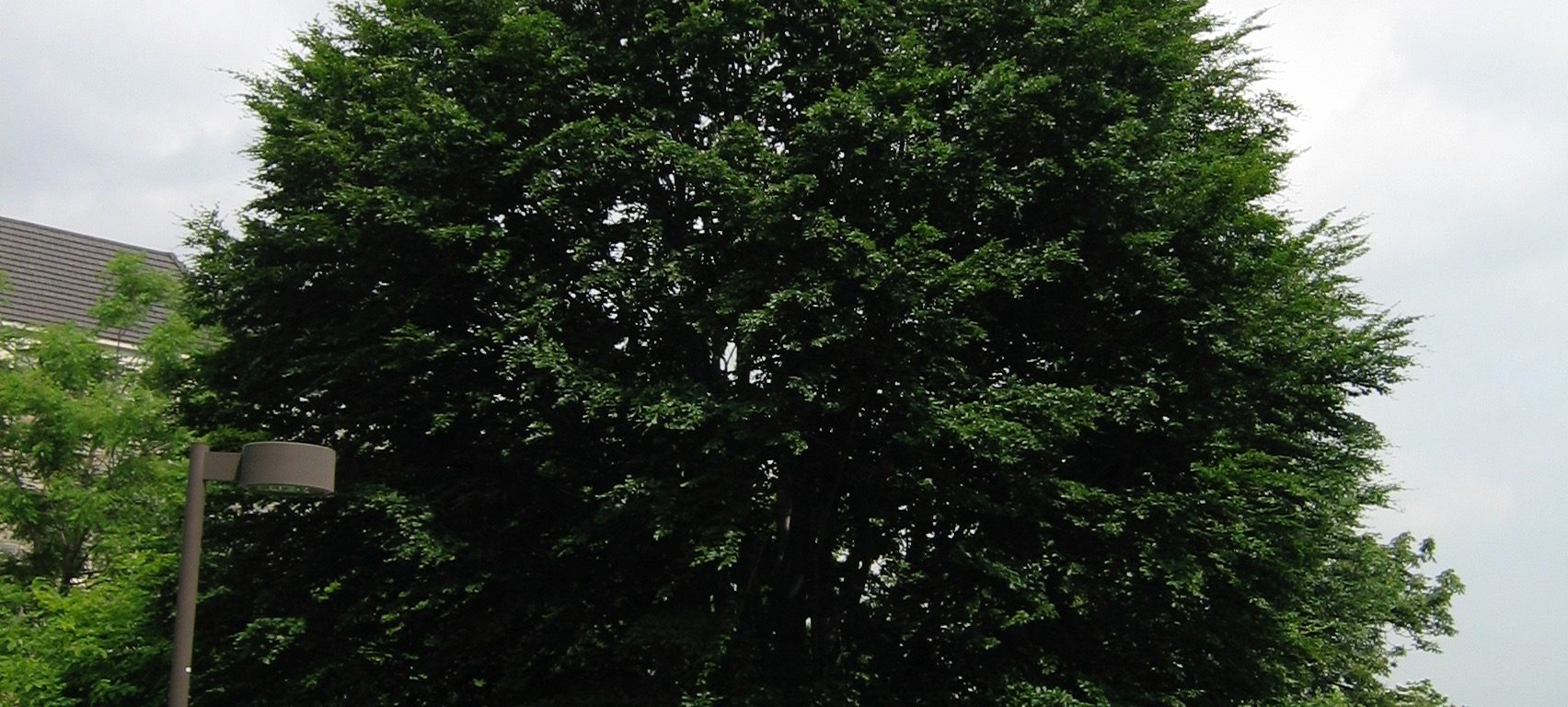
Swarthmore College students, faculty and staff continue to use a lot of paper printing things out during the semester, particularly during the first weeks of classes each semester. We can probably guess that this is due, for the most part, to students printing out the papers they’re asked to read for those first classes, and through the semester, as well as printing out written assignments to turn in for classes. But it’s still a lot of printing, and roughly 70-80% of it is done on the McCabe, Cornell and Underhill printers (the three top printers for printing at the College).
To give you a sense, when students are not here, during the summer months, there were approximately 60,000 pages printed (20,000 per month for June, July & August). That’s a daily rate of roughly 667 pages per day. For comparison, for those three months, that’s about 46% of a tree in paper consumed, and 320 kg of CO2 produced, using enough energy to power a standard light bulb for 10,555 hours! Compare that C02 amount to the average weight of a person in North America of 80.7 kg (177.9 lb) for a rough measure of that amount.

But now compare that to the printing we as a campus do during the semester. Just in the first month of this semester so far, we’ve printed almost half a million pages (444,233 to be precise), so far! That’s a daily rate of 16,453 pages, and gets close to 25,000 pages during the peak of the first week of classes. Again for comparison, that’s 3.33 trees, 2,307 kg of C02 produced and 76,020 equivalent bulb hours of electricity used. That’s more energy than it takes to keep 8 bulbs burning 24 hours a day for a year! And just think, that’s with 79% of those pages printed on both sides (duplex), so it could be even worse.
 To complete the picture, we should look at the total for each semester. Last Fall (2017) from September 4th to December 23rd, we printed 1,259,649 pages, of which nearly 82% were 2-sided (Duplex). That’s 11,348 pages per day (average), 9.25 trees worth of paper, 6,402 kg of CO2, and 210,921 equivalent bulb hours of electricity.
To complete the picture, we should look at the total for each semester. Last Fall (2017) from September 4th to December 23rd, we printed 1,259,649 pages, of which nearly 82% were 2-sided (Duplex). That’s 11,348 pages per day (average), 9.25 trees worth of paper, 6,402 kg of CO2, and 210,921 equivalent bulb hours of electricity.
 In the Spring semester of 2018, from Jan 15th, to May 27th, we were a bit more voracious, printing a total of 1,545,613 pages, of which a little over 83% were w-sided. That’s 11,621 pages per day, 11.19 trees worth of paper, 7,745 kg of CO2, and 255,184 equivalent bulb hours of electricity!
In the Spring semester of 2018, from Jan 15th, to May 27th, we were a bit more voracious, printing a total of 1,545,613 pages, of which a little over 83% were w-sided. That’s 11,621 pages per day, 11.19 trees worth of paper, 7,745 kg of CO2, and 255,184 equivalent bulb hours of electricity!
Why do we print so much paper? One has to assume that most of the early printing each semester is students printing out readings for their classes. However there is only a relatively small drop off in the rate of printing through the semester, after than initial first week crush. So folks continue to print out readings every week, but then likely add in assignments (lab reports, papers, homeworks) to be turned in as well. It may be a long time before we can move away from printing paper completely, as there are requirements in some fields to document in permanent forms, the work that’s done. For example, in Chemistry and Biology labs from which work might lead to patents, or medical compounds, there are requirements to document lab work in paper lab notebooks, including printing out data plots and taping or gluing them into the bound notebook. But even there, folks are experimenting with digital forms of such documentation.
While some faculty require work to be turned in in paper form, some are moving more to digital formats. Newer tools and software, such as iPads and tools like Notability, allow faculty to read and grade student written work. Digital content certainly saves faculty from having to read student handwriting (but that’s another article!) Unfortunately, these devices are just starting to become part of the method faculty use to evaluate student work. ITS has a program to get tablets into faculty hands to experiment with the many ways they can enhance teaching – just ask an Academic Technologist!
Students also do a lot of printing because they find paper to be the best medium for reading (Go Books!). But newer digital reading devices now better support mark-up, such as highlighting, margin notes and hand-written commentary over text too. And screens are getting better with higher resolution and more visible in different conditions. So there is hope. But we all need to rethink our consumption and possibly addiction to printing on paper. There are very real costs, both to our environment and to the clutter that distracts us from the more important parts of our education and lives. What will you do?

